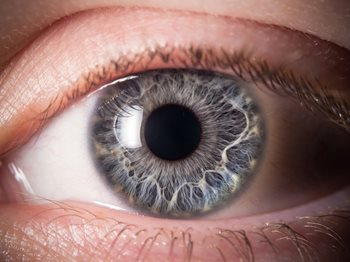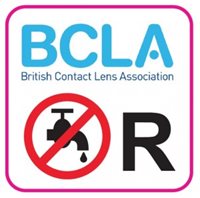September 25, 2018 Print
A rare eye infection – predominantly affecting contact lens wearers – that can cause blindness is increasing, according to a new study.
 The outbreak is preventable but that contact lens wearers need to know the risks.
The outbreak is preventable but that contact lens wearers need to know the risks.
A rare eye infection – predominantly affecting contact lens wearers – that can cause blindness is increasing, according to a new study.
The preventable infection, caused by a microorganism called Acanthamoeba, causes the front surface of the eye, the cornea, to become painful and inflamed.
The most severely affected patients are left with less than 25 per cent of their vision in the affected eye and may even become completely blind following the infection.
One in four people affected will need a corneal transplant to treat the disease and restore vision.
Lead researcher Dr Nicole Carnt from the Westmead Institute for Medical Research and the University of New South Wales warned that the infection is preventable but that contact lens wearers need to know the risks.
 Dr Nicole Carnt is urging contact lens wearers to know the risks and look after their eyes.
Dr Nicole Carnt is urging contact lens wearers to know the risks and look after their eyes.
“Anyone can be infected, but contact lens users face the highest risk,” Dr Carnt said.
“Our research showed that the disease is more than three times greater amongst people who reported poor hygiene habits.
“Showering, swimming and using hot tubs while wearing contact lenses are also risk factors.”
Acanthamoeba keratitis is common in nature and is usually found in bodies of water such as lakes, oceans and rivers, as well as domestic tap water, swimming pools, hot tubs, soil and air.
This infection is quite rare, usually affecting 2.5 in 100,000 contact lens users per year.
Dr Carnt led the study while on an NHMRC CJ Martin Biomedical Early Career Fellowship in the United Kingdom.
Whilst Dr Carnt led the study from the United Kingdom, she said the advice was equally important in Australia and she is urging contact lens wearers to look after their eyes.
“Acanthamoeba is a largely preventable disease.
People who wear reusable contact lenses need to make sure they thoroughly wash and dry their hands before handling contact lenses, and avoid wearing them while swimming, face washing or bathing.
“People who wear reusable contact lenses need to make sure they thoroughly wash and dry their hands before handling contact lenses, and avoid wearing them while swimming, face washing or bathing.
“Daily disposable lenses, which eliminate the need for contact lens cases or solutions, may be safer and we are currently analysing our data to establish the risk factors for these.”
 Irenie Ekkeshis is part of the Acanthamoeba Keratitis Patient Support Group in the UK.
Irenie Ekkeshis is part of the Acanthamoeba Keratitis Patient Support Group in the UK.
Irenie Ekkeshis is part of the Acanthamoeba Keratitis Patient Support Group in the UK led by Dr Carnt. She said that more needs to be done to prevent cases of Acanthamoeba keratitis.
"This research confirms what those of us affected by Acanthamoeba keratitis have suspected for some time: that incidences of this awful, life-changing infection are on the increase,” Ms Ekkeshis said.
“There's more that should be done to prevent people from losing their sight to Acanthamoeba keratitis.”
 No water stickers from the UK will launch in Australia later this year.
No water stickers from the UK will launch in Australia later this year.
Dr Carnt is now working with together with clinicians, contact lens practitioners and contact lens wearers, to develop a strategy to reduce the incidence of this severe eye infection.
“It is absolutely imperative that regulators and those working in the optical sector take the findings seriously, and use the recommendations to take immediate and urgent action on prevention.
“Contact lenses are medical devices and should be supplied with warnings regarding safe use.”
The study was published in the British Journal of Ophthalmology: https://bjo.bmj.com/content/early/2018/09/19/bjophthalmol-2018-312544
The study was funded by Fight for Sight, Moorfields Eye Charity and CooperVision UK alongside support from the NIHR Biomedical Research Centre at Moorfields Eye Hospital NHS Foundation Trust and the Australian National Health and Medical Research Council.
The research was conducted in collaboration with colleagues from the Moorfields Eye Hospital, the UCL Institute of Ophthalmology and EpiVision Ophthalmic Epidemiology Consultants.